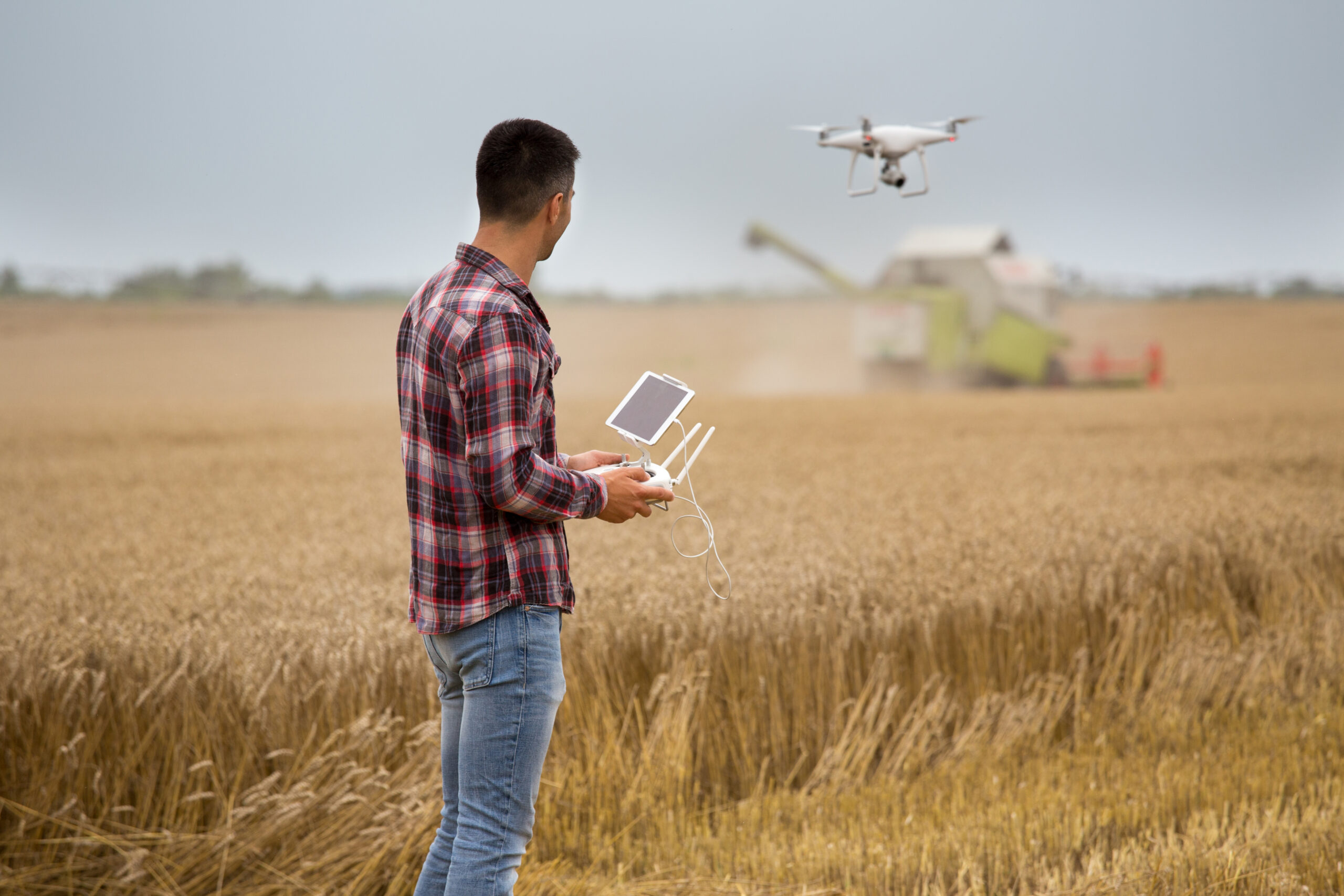The Future Of Farming Is Here: How Are Drones Used In Agriculture?
Technology has dramatically improved the production, efficiency, and cost-effectiveness of modern-day agriculture. Likewise, the collection and analysis of a broad scope of advanced data has revolutionized the way farmers manage their land and crops.
One of the essential tools to have contributed to these advancements is the agricultural drone. With that in mind, it’s worthwhile to ask how are drones used in agriculture?
Drones are used in agriculture by modifying pre-existing drone technology with hardware and software to allow the farmer to program flight plans and automate tasks like crop surveying, crop spraying, and irrigation control that previously took a significant amount of labor. In addition, an agricultural drone can relay real-time land and crop data for faster and more efficient observation of vast areas of farmland.
Examples Of How Drones Are Used In Agriculture
Drones have been applied to several tasks in the agricultural industry that would otherwise be very time-consuming. The following are examples of how drones are used in the field.
Soil and Field Analysis
Planting
Crop Spraying
Irrigation
Crop Health Assessment
What Are The Types Of Agricultural Drones?
Agricultural drones are categorized by their wing or rotor design. Additionally, a multitude of different software and accessories can be implemented in an agricultural drone to fit the user’s specific needs.
Rotary Drones
A rotary drone is identified by the number of helicopter-like rotors that it uses for elevation and propulsion.
This type of drone can take off and land vertically and hover in place, making them ideal for observing large areas of crops or hovering over areas of concern to evaluate crop patterns.
Fixed Wing Drones
Fixed-wing drones incorporate the winged design of an airplane with a single propeller used for propulsion.
These drones can reach faster speeds and cover more ground. However, they require a takeoff and landing zone more typically associated with that of an airplane runway.
What Are The Benefits Of The Use Of Drones In Agriculture?
There are many benefits to the implementation of drones in agricultural businesses. For example, consider the following value that an agricultural drone can provide.
Quickly report on crop health.
Real-time and constant monitoring of crops and livestock
Increased profitability
Increased efficiency and cost savings of labor hours
Improved accuracy of spraying and irrigation
Identification of problems in crop patterns with large scale aerial images
Overall improved management decision-making ability
Drone technology has come a long way in a short time, and as such, are quickly becoming an irreplaceable tool of the modern farmer. The use of drones in farming is likely to continue to expand exponentially going forward into the future.
References:
https://www.businessinsider.com/agricultural-drones-precision-mapping-spraying

